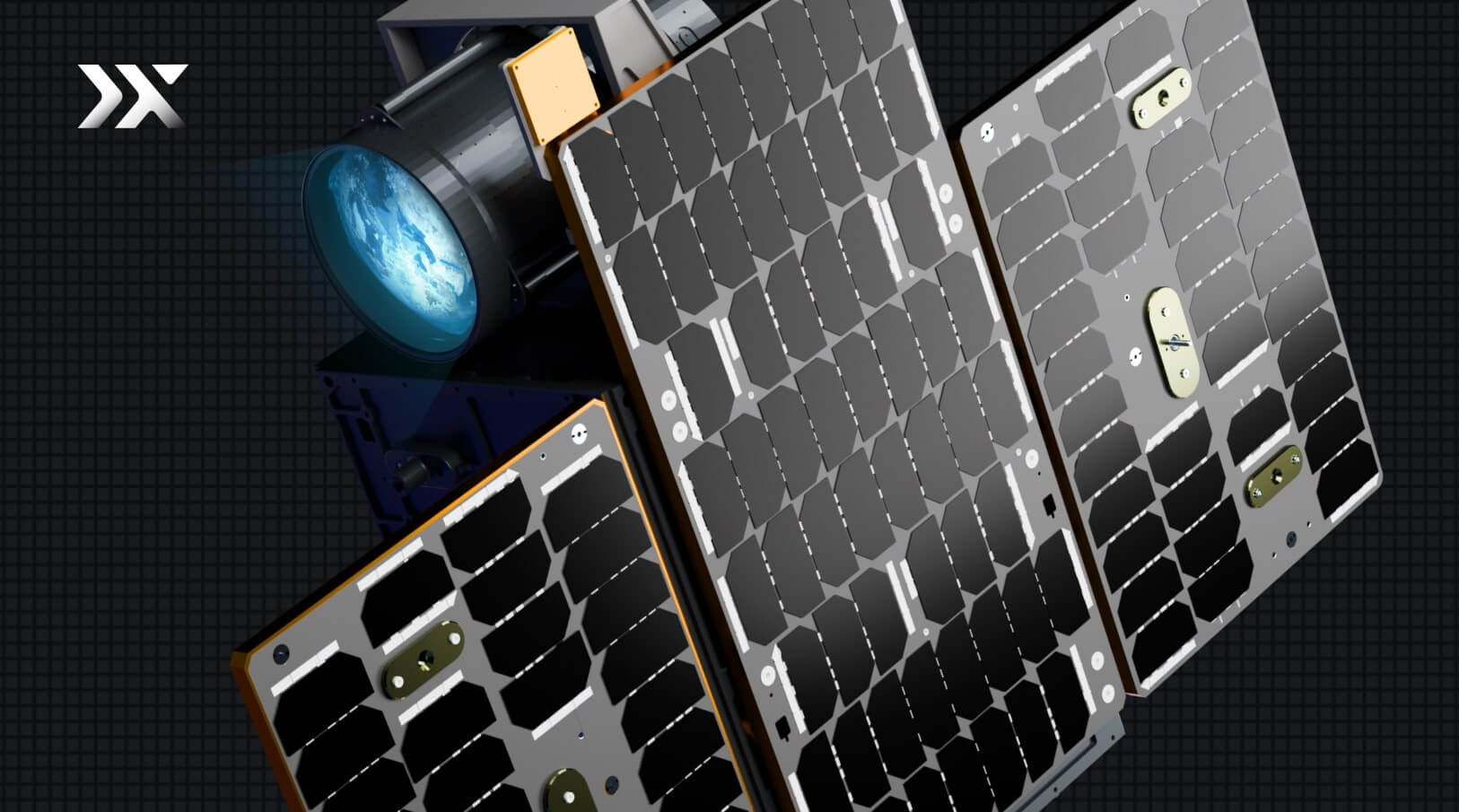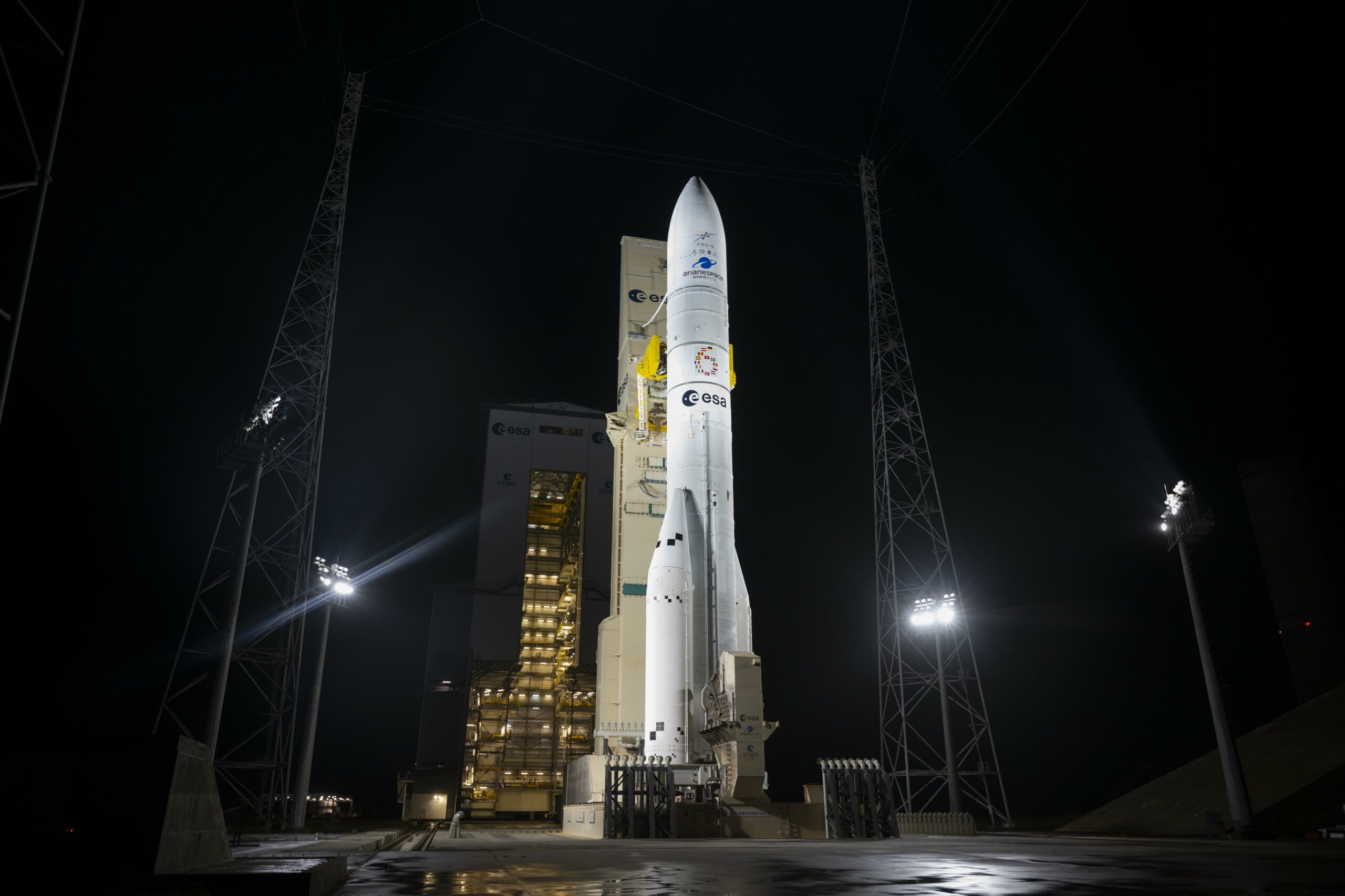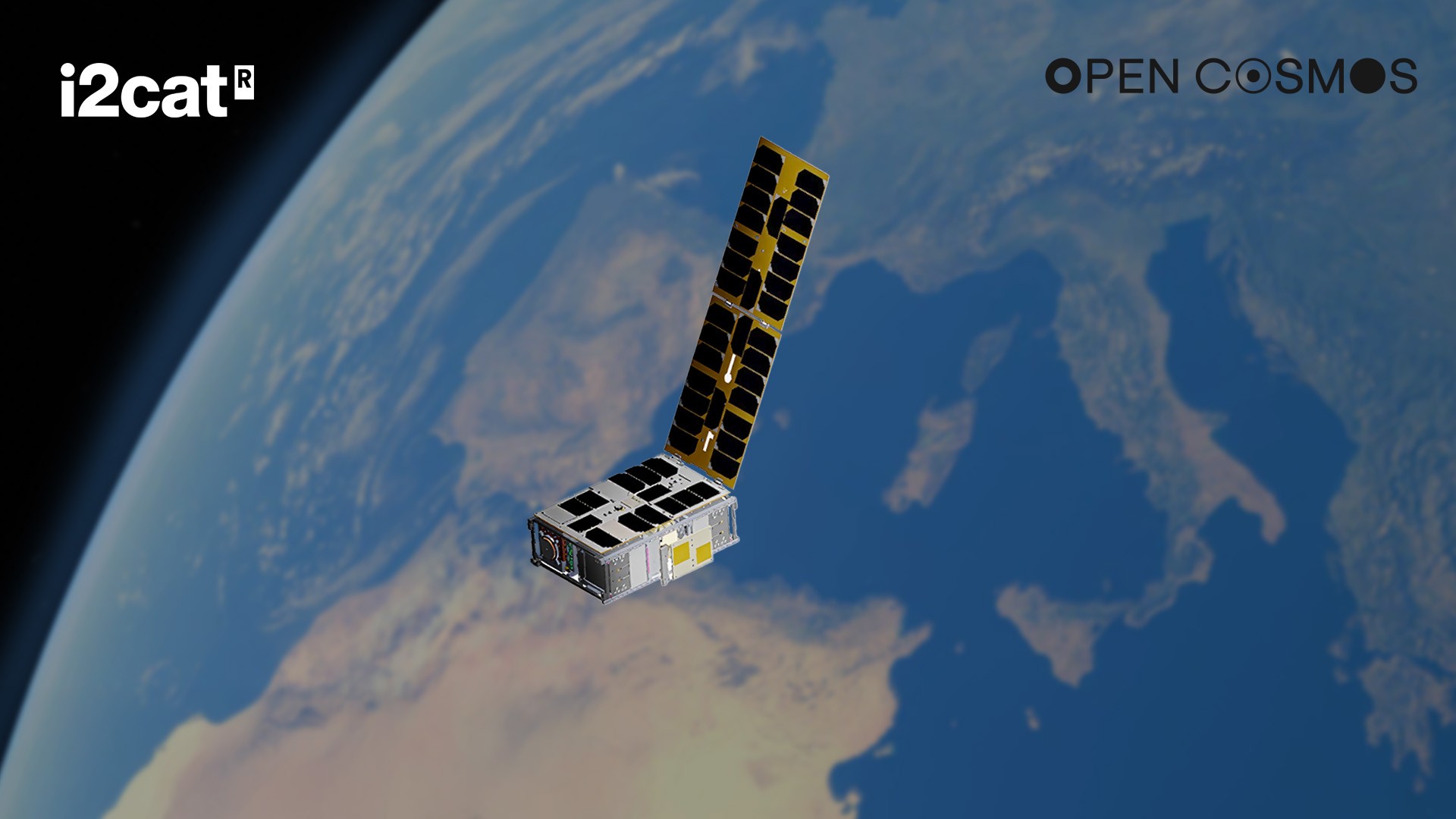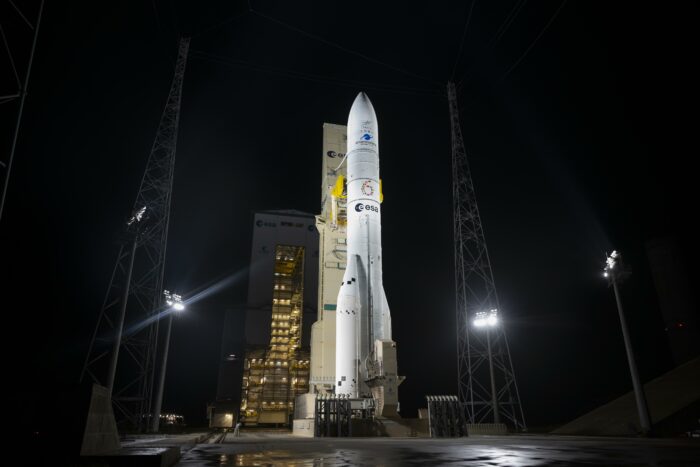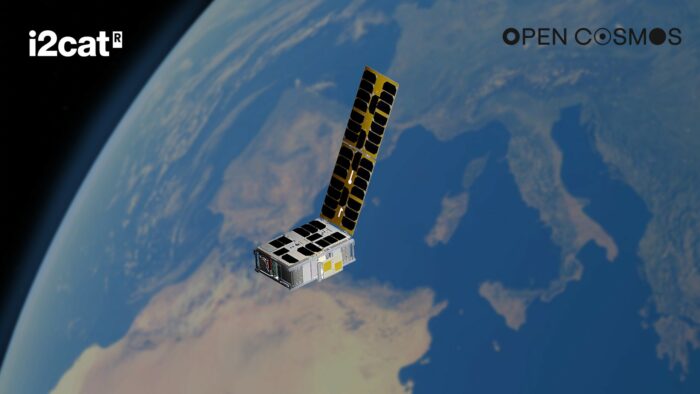Insider Brief
- Pixxel, an leading player in India’s private space sector, is gearing up to launch three satellites from its hyperspectral imaging constellation aboard a SpaceX rocket.
- Scheduled for deployment from California’s Vandenberg Space Force Base at 10:45 a.m. Pacific Time on Tuesday (1845 GMT), the satellites will enter a sun-synchronous orbit at an altitude of approximately 550 kilometers.
- The Firefly constellation’s first trio of satellites will be followed by another three in the second quarter of 2025, with an additional 18 planned for future deployment.
- Pixxel expects initial contact with its satellites approximately two-and-a-half hours after launch, with full commercial imaging capabilities available by mid-March.
Pixxel, a leading player in India’s private space sector, is reportedly gearing up to launch three satellites from its hyperspectral imaging constellation aboard a SpaceX rocket. Scheduled for deployment from California’s Vandenberg Space Force Base at 10:45 a.m. Pacific Time on Tuesday (1845 GMT), the satellites will enter a sun-synchronous orbit at an altitude of approximately 550 kilometers. This milestone positions Pixxel as a key contender in the satellite imaging market, which is projected to reach $19 billion by 2029.
The Firefly constellation’s first trio of satellites will be followed by another three in the second quarter of 2025, with an additional 18 planned for future deployment. Hyperspectral imaging, Pixxel’s core technology, captures detailed data across hundreds of light bands, offering enhanced insights for agriculture, mining, environmental monitoring, and defense industries. According to CEO Awais Ahmed, Pixxel’s satellites can improve crop yields, monitor oil spills, and track borders with greater precision than existing systems.
Backed by Google and other investors, the five-year-old startup has already secured 65 clients, including Rio Tinto, British Petroleum, and India’s Ministry of Agriculture. Ahmed disclosed that several clients are already paying for data from Pixxel’s demo satellites, with contracts in place for future imagery from the Firefly constellation. “For defense-use cases, conversations are ongoing in the U.S., India, and other regions through resellers and partners,” Ahmed said, adding that governments typically await operational demonstrations before committing to procurement.

Pixxel expects initial contact with its satellites approximately two-and-a-half hours after launch, with full commercial imaging capabilities available by mid-March. Despite these advancements, Pixxel faces significant competition from established players in the U.S. and China. U.S.-based companies, led by SpaceX, dominate commercial and government satellite launches, while China’s state-backed initiatives are rapidly expanding into low Earth orbit.
India’s commercial space market currently accounts for just 2% of the global total, despite the country’s strong spacefaring capabilities. The Indian government is encouraging private-sector growth to expand the national space industry from $8 billion to $44 billion by 2030. Pixxel’s Firefly constellation, boasting 5-meter resolution and a 40-kilometer swathe width, aims to position India as a significant player in this market. Analysts, including Narayan Prasad of Satsearch, see the constellation’s capabilities as a potential game-changer for India’s space industry.
Image credit: Pixxel
Share this article:

